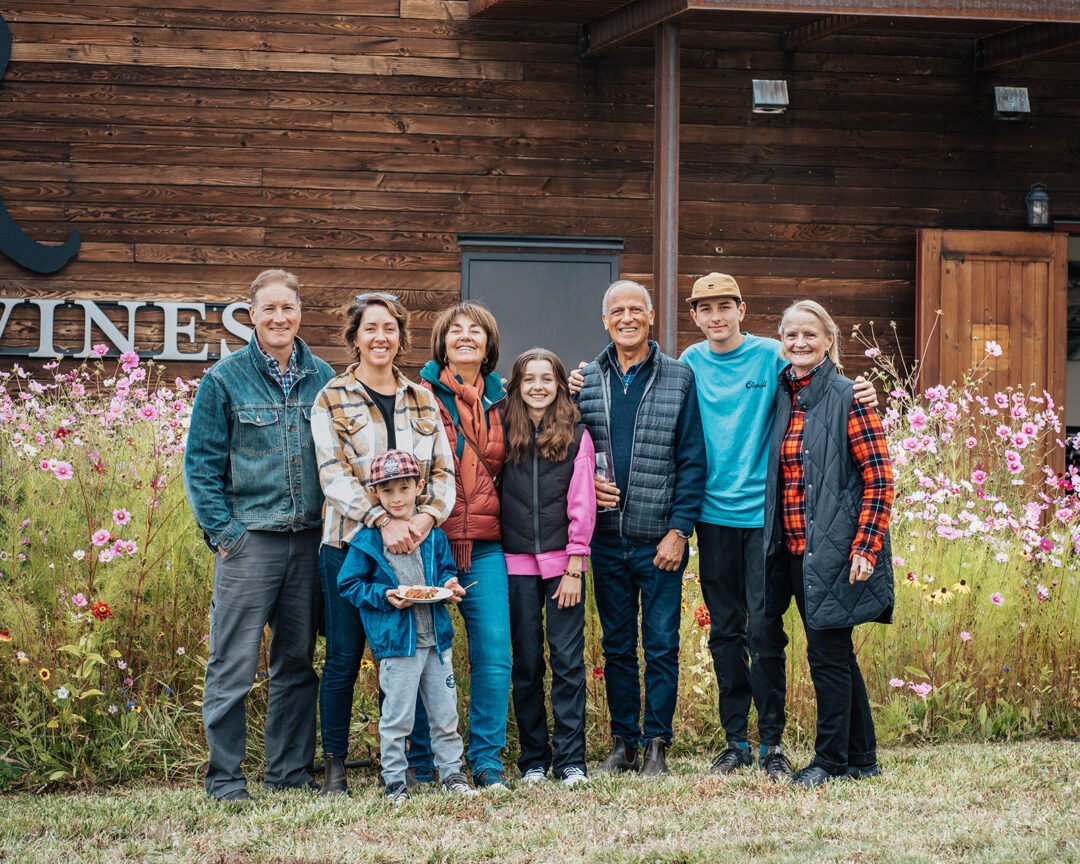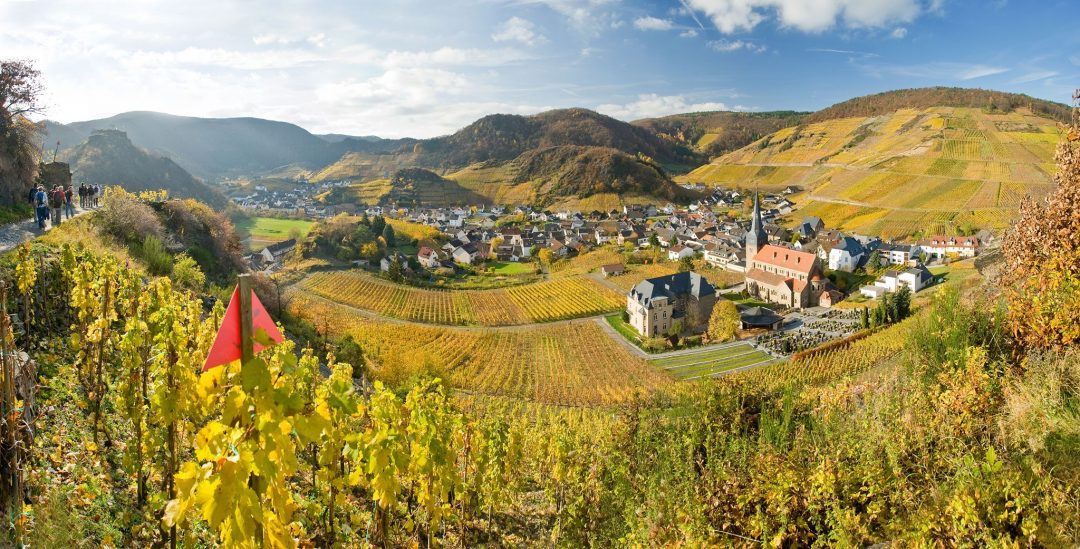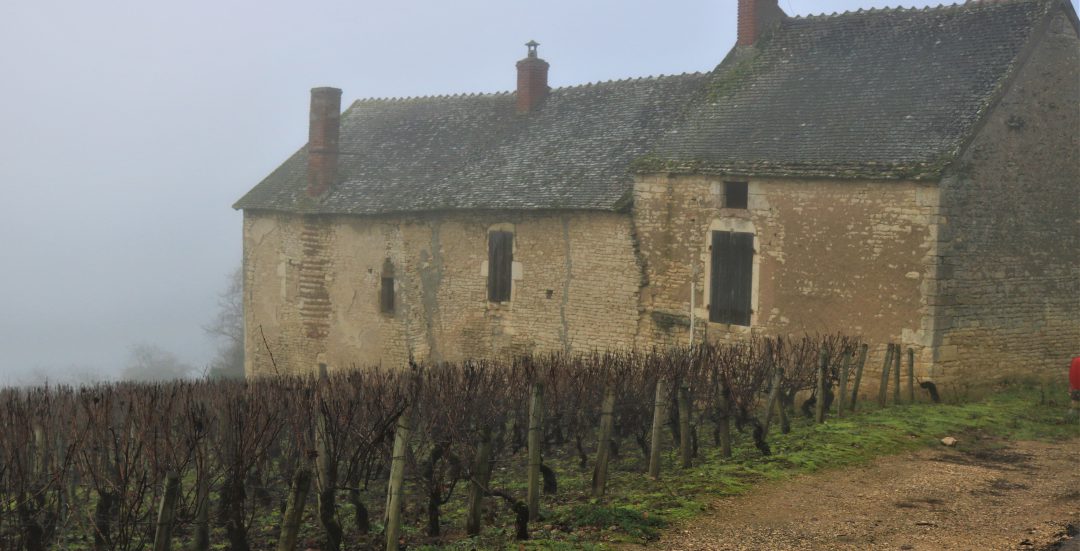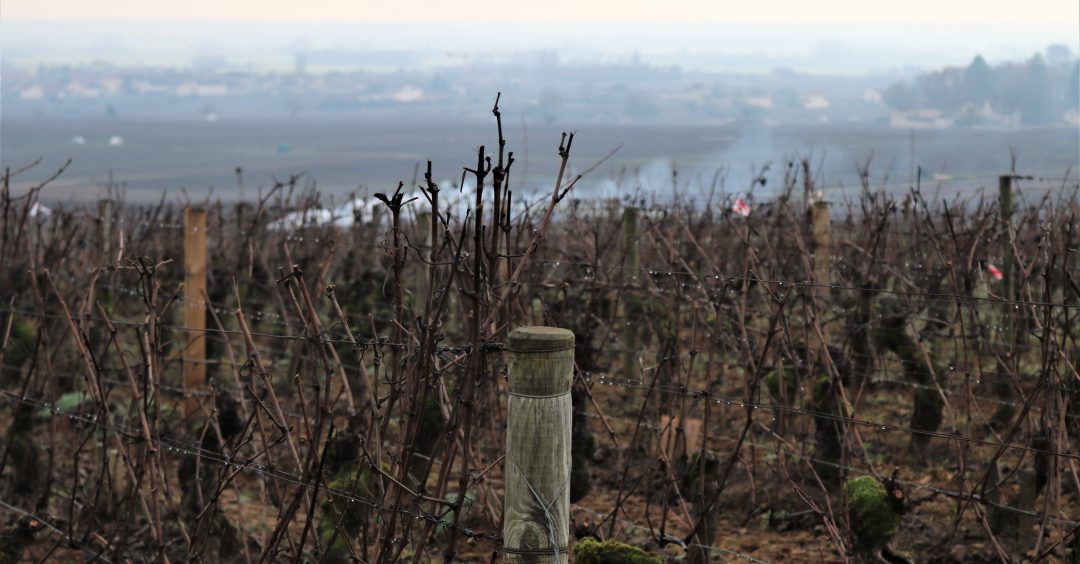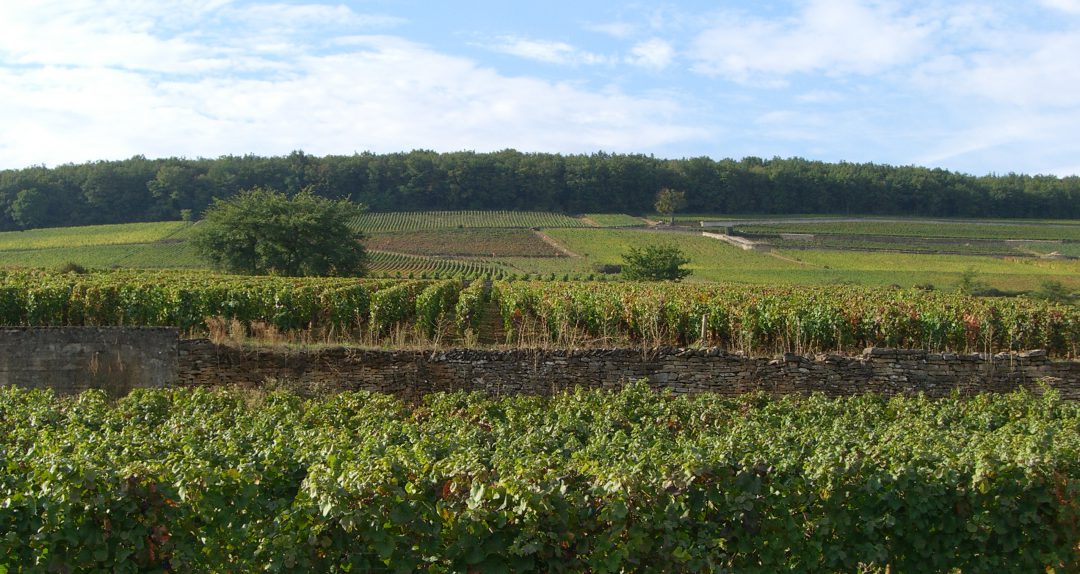It’s been a rough few years for British Columbia’s Okanagan Valley wine producers. A region once defined by boundless promise is now navigating a new normal marked by climate volatility, crop loss, and uncertainty. And yet, in the glass, hope still speaks and often very eloquently.
I recently sat down to taste a handful of wines from two premiere Okanagan wineries. They reinforced an already firmly held conviction of just how important this region is to Canada’s fine wine landscape. But first, let’s talk about the storm the industry is weathering.
Fire, Deep Freezes, and the Fight to Survive
The Okanagan has endured a brutal string of vintages. It started with the catastrophic 2021 wildfires. That summer, blazes tore through the South Okanagan, shutting down tasting rooms and threatening livelihoods.
The aftermath was equally devastating. Many 2021 wines showed clear signs of smoke taint, forcing wineries to declassify or discard entire cuvées. Some producers skipped bottling altogether, and others had to blend out flawed lots — a heartbreaking outcome after months of hard work in the vineyards.
While the smoke was still clearing, a severe cold snap hit in 2022, with temperatures plunging to -30°C in some areas. Damage was significant. Many vineyards lost half — or more — of their primary buds.
But the winter of 2024 proved even more catastrophic. A prolonged polar vortex in January brought record lows across the valley. Reports suggest up to 97% crop loss in certain areas, and some vines perished altogether. Growers now face years of recovery, from replanting to recalibrating trellis systems and rebalancing vineyards.
Why It’s Worth Saving

Despite these mounting challenges, the Okanagan remains one of Canada’s most exciting and high-potential fine wine regions. With its dry summers, diverse soils, and dramatic diurnal shifts, it consistently produces wines of character and finesse — and boasts a growing roster of top-tier producers.
Wineries like Tantalus, Le Vieux Pin, Martin’s Lane, and Summerhill have proven the region’s ability to compete on a global stage. In the Okanagan, both boutique wineries and big players are commited to terroir-driven winemaking as the Quails’ Gate Stewart Family Reserve Chardonnay and Pinot Noir 2022 ably demonstrate.
Quails’ Gate has deep roots in the valley. The Stewart family were among the first to plant Pinot Noir and Chardonnay in 1975, and were early adopters of Dijon clones. In recent years, the winery has dedicated considerable resources to refining clonal selections based on site suitability, mass vineyard replanting and working closely with renowned French nursery Pépinières Guillaume to ensure optimal clonal material.
Despite its challenging winter/ early spring weather, the 2022 vintage proved a very succesful one for the Stewart Family Reserve series, yielding elegant, precise wines. The Chardonnay is generously proportioned, with citrus blossom, ripe peach, flint, and fine oak spice, supported by crisp acidity. The broad, structured Pinot Noir reveals macerated cherry, red berries, dried herbs, and velvety tannins— a clear testament to the volcanic slopes of Mount Boucherie overlooking Lake Okanagan.
These are not just good Canadian wines. They are serious wines by any standard.
Collaboration in a Crisis
In response to the devastating 2024 freeze, the BC government stepped in to allow wineries special exemptions to source fruit from outside the province, a rare and much-needed measure. Without this flexibility, many producers simply wouldn’t have been able to release a 2024 vintage.
The response has been extraordinary. Wineries across BC are now crafting wines with fruit from Oregon’s Willamette Valley, Washington State, and Ontario. This collaborative spirit has enabled producers to keep staff employed, maintain brand continuity, and keep quality at the forefront.
The beautifully labelled “Artist Series” from Roche Wines, a dynamic husband and wife duo on the Naramata Bench, are a fine example. Sourcing fruit from Oregon’s Dundee Hills AVA, the Roche team crafted a Pinot Blanc, Pinot Gris, and Pinot Noir rosé that are stylistically true to their house approach: crisp, clean, and finely textured, with minimal intervention and plenty of finesse.
The Pinot Noir rosé “Artist” 2024 is a particular stand out, with vibrant, tangy red fruit, floral and herbal undertones, refreshing acidity, and a rounded, satiny texture.
While these wines are a departure from the BC-grown norm, they show a commitment to terroir expression while still honouring the identity of Okanagan’s many talented winemakers. They also demonstrate the creative adaptability that defines this next phase of Okanagan winemaking.
Free Trade… Still Not Free
Ironically, while producers are reaching across borders to collaborate and survive, Canadian consumers still face frustrating barriers when trying to access these wines.
Canada Day 2024 was meant to mark the full liberalization of interprovincial trade, finally allowing wineries to ship directly to consumers across all provinces. But as reported by the CBC, progress has stalled. While federal restrictions have been reduced, many provinces, including the most populous areas of Ontario and Québec, are still working out the details of how extra-provincial direct to consumer alcohol sales will look.
For a wine region under such intense pressure, this kind of red tape is more than just an inconvenience. It is a critical barrier to long-term survival.
A Region Worth Rooting For
The Okanagan is in a period of reckoning. The climate is changing. Growing seasons are becoming more erratic. Winters are unpredictable and increasingly destructive. But from this crucible, a new, more resilient wine industry will hopefully emerge.
Producers are investing in regenerative farming, exploring new clones and varieties, and are on the precipice of forging cross-border relationships that were unthinkable even a decade ago.
Most importantly, they are still making wines that speak clearly of place and purpose.
British Columbia’s Okanagan Valley remains one of Canada’s most dynamic, courageous, and quality-driven wine regions. If you care about Canadian wine — and its future — now is the time to support it.
Buy direct if you can. Ask for BC wine at your local shop or restaurant. And raise a glass to the people fighting to keep this dream alive.
Wine Buying Links
Quails’ Gate Chardonnay, Stewart Family Reserve 2022
Quails’ Gate Pinot Noir, Stewart Family Reserve 2022
Roche Wines Pinot Blanc “Artist” 2024

